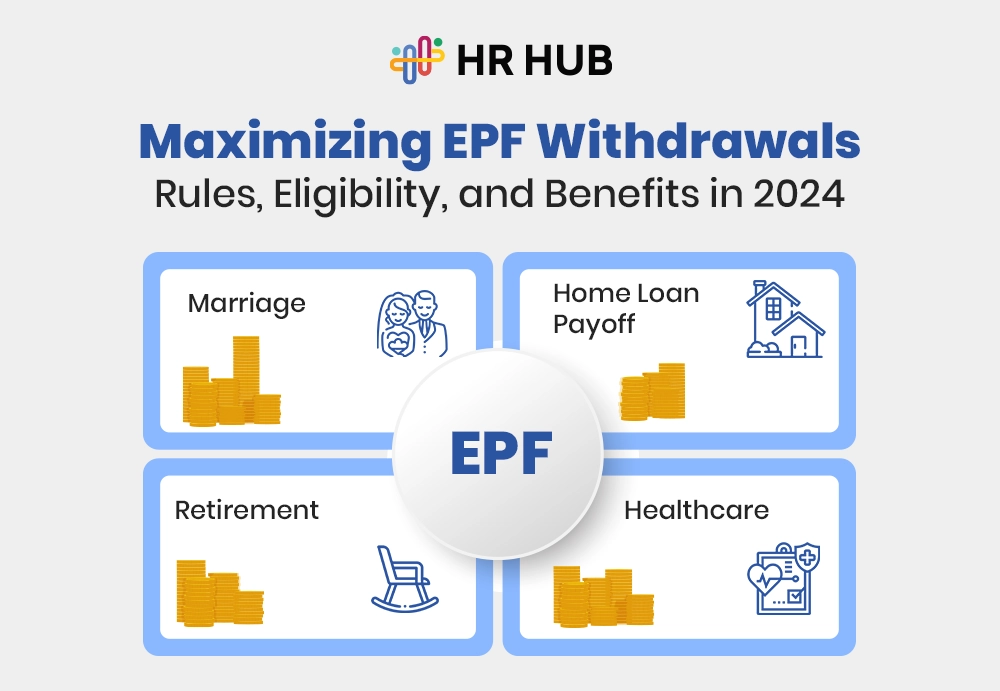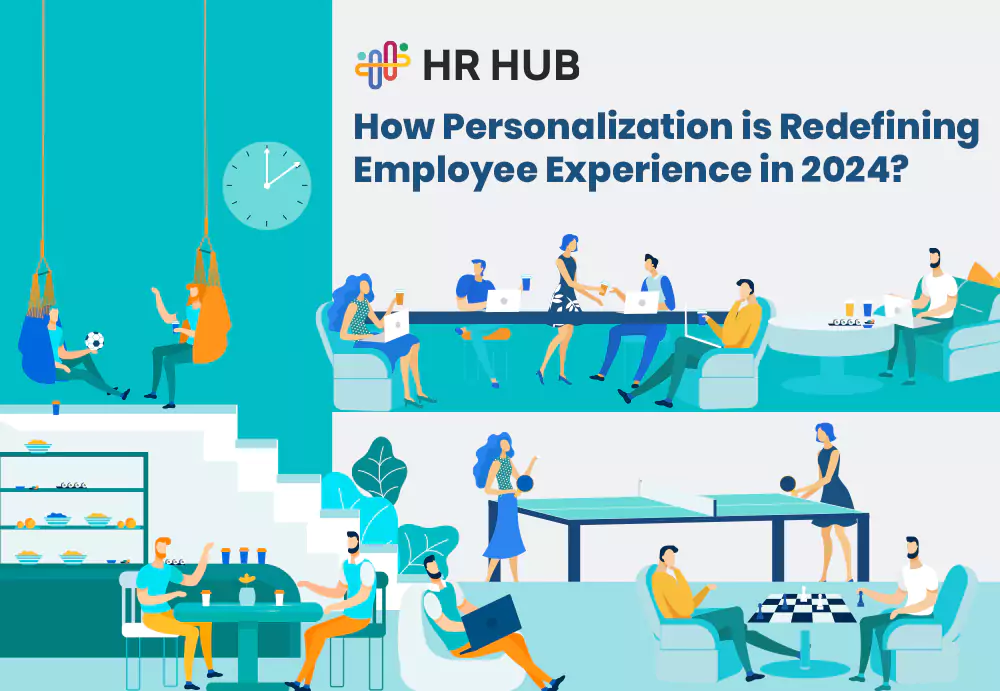The right candidate can either make or break your organization's future. In the competitive job market, a well-defined hiring process becomes more than just an advantage-it's a necessity. It makes you consistent and transparent while avoiding pitfalls such as uninformed decisions or bias.
Whether you are looking to grow a staff at a start-up or perfect a hiring process within an established firm, a hiring checklist lets you make more intelligent and data-driven hiring decisions. The right recruitment management software and solutions matched to your checklists can turn your hiring process into a machine that always chews out A-grade talent.
Why You Need a Hiring Checklist?
A systematic hiring checklist is a structured guide recruiters or hiring managers use for the entire recruitment process. It covers all critical steps and crucial aspects.
A checklist reduces bias and subjectivity in the recruitment process, thus enabling a more structured and objective selection. Besides, the integrated recruitment management software with such checklists can significantly boost your capabilities to deal effectively with the candidates.
What are the Benefits of a Hiring Checklist?
Let's explore the prime benefits of using the hiring checklist in your organization's hiring process.
- Consistency in Evaluation: A checklist provides uniform criteria for grading all candidates. This avoids bias or the impression of bias and ensures that all candidates are examined by one standard.
- Improved Collaboration: When more than one person is involved in recruiting, a checklist can keep everyone in line. It keeps one team member informed about where that team member is in the hiring process.
- Reduced Errors: A hiring checklist will ensure that all the fundamental steps are completed, such as proper background checks, good references, and assessment of the required skills for the job, before finalizing the selection.
- Better Compliance: Compliance is important in recruitment due to labor laws and regulations changes. The checklist ensures that all legal and regulatory requirements are properly met and decreases risks.
Key Elements of a Well-Defined Hiring Checklist
A well-formulated hiring checklist guides recruiters and hiring managers so nothing is missed and every candidate undergoes a proper check and balance. Every element of the checklist is decisive in finding the right person for the job, not only in terms of requirements but also in terms of his position in the company culture. Let's explain each key element through examples to understand how they play out in real life.
1. Job Description and Requirements
A good job description steers the way for a fruitful hiring process by outlining the job's duties, qualifications, and expectations. It puts up a whole process so that the wrong people do not respond to advertisements, which means time is wasted in the screening process for that job.
Example: Assume that you would be hired as a Senior Software Developer. A good job description should consist of:
- Key Responsibilities: Lead the development of web applications, work cooperatively across teams, and maintain code quality.
- Skills Required: Familiarity with programming languages such as JavaScript and Python, knowledge of cloud platforms, and 5 or more years in the same position.
This detailed description will help the applicants understand and judge their suitability for the position before applying to discourage unqualified people; hence, it sets out the expectations between the candidate and the recruiter regarding the role.
2. Pre-Screening Questions
Questions that can be applied in pre-screening filter the candidates right at the beginning. They save the most valued time because they focus on basic but qualitatively crucial qualifications: education, location, salary expectation, and work authorization.
Example: For the same post of Senior Software Developer, you would ask a question like,
- Have at least 5 years of experience in software development?
- Can you speak and write in JavaScript and Python?
- Are you flexible enough to relocate?
Pre-screening questions can be automatically processed using recruitment management software. This helps rapidly rule out candidates who do not meet minimum requirements, thus ensuring that recruiters only work with qualified candidates.
3. Skills Assessment
It is possible to assess the candidate's skills impartially in skills assessments. The tests are designed to test technical competencies or soft skills that are important for the role.
Example: The senior software developer position should require candidates to take a coding challenge testing JavaScript and Python. The test might involve solving a real-world problem, like creating a simple API or improving a code segment to make it run more efficiently.
Skills assessments deployed through recruitment solutions can help recruiters evaluate candidates fairly and consistently, shortlisting only those who can demonstrate the required skills.
4. Structured Interviews
The evaluation process would be fair and allow for a more apt comparison of candidates. In structured interviews, a standardized set of questions would be used for all candidates.
Example: For the position of Senior Software Developer, some of the possible questions in the interview could include:
- How would you approach solving difficult technical problems?
- Can you describe a project you led as a developer? What challenges did you encounter with this project, and how did you solve them?
- How can you make sure your code is not only efficient but also readable?
Using the same questions when hiring all candidates allows recruiters to compare responses based on specific job-related criteria rather than subjective impressions.
5. Reference and Background Checks
Reference and background checks verify the information the candidates may have provided throughout the interview process. They confirm whether the facts and claims the candidate makes about his or her experience, education, and general character are true.
Example: Even during the interview, you can request more information regarding whether they had led a team of developers during any previous assignment. You can also check with references on style, problem-solving skills, and work ethics.
Through background checks, you can also determine whether the candidate has a clean employment record with no discrepancies in terms and conditions that might later affect their role in your organization.
6. Cultural Fit Evaluation
Cultural fit hire ensures recruiting candidates who fit in with a company's values, work ethic, and team dynamics. If skillfully competent, poor cultural fit can result in lower engagement, productivity problems, and turnover.
Example: For companies that value innovation and collaboration, cultural fit evaluation questions could be applied as follows:
- How do you update yourself with the latest trends in software development?
- Describe a time you had to work with a cross-functional team to deliver a project.
- How do you take feedback and continuous improvement?
These questions help determine whether the candidate succeeds in environments similar to the company's values to ensure long-term success for the candidate and organization.
7. Final Decision Criteria
Only the final few steps are done, after which the recruitment team must compare and balance all the information gathered during the interview process, assessment, and reference checks. The checklist is meant to steer the choice in an approach where the candidate is compared against the set criteria.
Example: Regarding the decision criteria that will be applied at the tail end for the position of Senior Software Developer, the following might apply:
- Technical Skills: The coding challenge undertaken by the candidate and how well he performed in technical interviews.
- Cultural Fit: Is the candidate aligned with a company culture of collaboration and innovation?
- Experience: Has the individual had the requisite leadership and developmental experience to excel in the role?
- References: What was the feedback of previous employers on his performance and leadership abilities?
Thus, considering applicants for selection along these lines would mean that the hiring team can eventually decide more objectively based on evidence than on gut feelings. In this regard, recruitment management software can help by offering a central repository from which all data regarding all candidates can be accessed, ensuring that nothing is missed.
How Can Recruitment Management Software Help?
A clear hiring checklist can be even more effective if aligned with recruitment management software. This software would automate most of the steps included in the checklist, making the entire hiring process faster and more efficient. From candidate screening to managing interview schedules to collaborating on hire decisions, a recruitment solution suite by recruitment management software is designed to streamline the entire candidate selection process.
The recruitment management software also maintains a centralized database of candidate information. This means candidates can be tracked at each stage of the process. In short, it helps recruiters track all the steps taken during the hiring checklist and informs them about pending tasks.
The Role of Recruitment Solutions in Enhancing Candidate Selection
Recruitment solutions involve implementing skills assessments, structured interview tools, and applicant tracking systems that will likely hire better-quality candidates. Data-driven insights enhance the hiring managers' decisions. Also, building positive candidate experience with high talent engagement throughout the hiring stages is what recruitment solutions offer.
Recruitment solutions can reduce hiring time for any organization and make the recruitment process smoother by saving time. In addition, recruitment management software provides automation that reduces recruiters' administrative burdens so that they may focus more on strategic decisions.
Key Takeaways
A well-defined hiring checklist is one of the most vital tools for improving a candidate selection process. It would reflect consistent practice, be less biased, and sometimes more manageable recruitment services. Combining recruitment management software and solutions with your hiring strategy only helps bring out the best in the checklist by making better, more informed decisions.
HR HUB emerges as an important recruitment solution for organizations that aim to optimize their recruitment process through enhanced candidate selection and smooth workflow.






